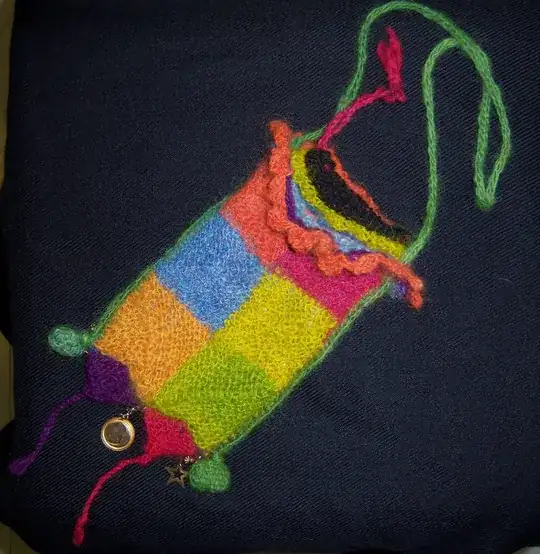As @abbie has explained, yarn is created by using twist to "stick" short fibers (of wool, or cotton, or hemp, or linen, or...) together to make a longer strand. When you spin yarn, you have to add twist to connect all of the shorter individual fibers together into a continuous longer piece of yarn. The more twist you add, the stronger the individual strand of yarn will be. Yarn that is made from one bunch of fiber twisted together is called single-spun, or is known as "singles".
Spinners talk about a twist as having energy; imagine a spring--when you push down on the spring you are building up energy, and when you let go, the spring pops back up to its neutral position, releasing that energy. Single-spun yarn with a high-level of twist is called "energized" and will tend to want to kink up on itself, and even after it is knit or woven into a garment, it will create an uneven fabric. This bag was knit with energized singles to, as the blog author put it, "create deeply textured effects."

It is the energy created by twist that leads a cord to want to untwist--it is trying to release the built up energy by untwisting. The way that spinners deal with this is that they twist two singles together in the opposite direction of the first spin. Because you are twisting the two strands in the opposite direction from the original twist, the energy that would go towards untwisting tends to balance out. This process is called plying, and the goal is to create "balanced" yarn. You can tell that a yarn is balanced by letting a loop hang--if it hangs freely, without forming kinks, it is balanced.
You mention in the comments that you are going to try using a braided cord, as per @whrrgarbl's suggestion. If you can't find a braided yarn that will work for you, another suggestion might be to double the strands that are hanging down--i.e. cut a piece of rope with a distance twice as long as the distance between the ceiling and the top of the lamp. Slide this cord through a hook (either on the lamp or the ceiling) and knot the other end together. The two strands of the cord should work against each other and keep the cord from untwisting.
I know this goes far beyond what you needed to solve your particular problem, but I wanted to add more detail to better respond to your question about "chirality-neutral" string, and why there really is no way to "twist the yarn in a neutral manner."

